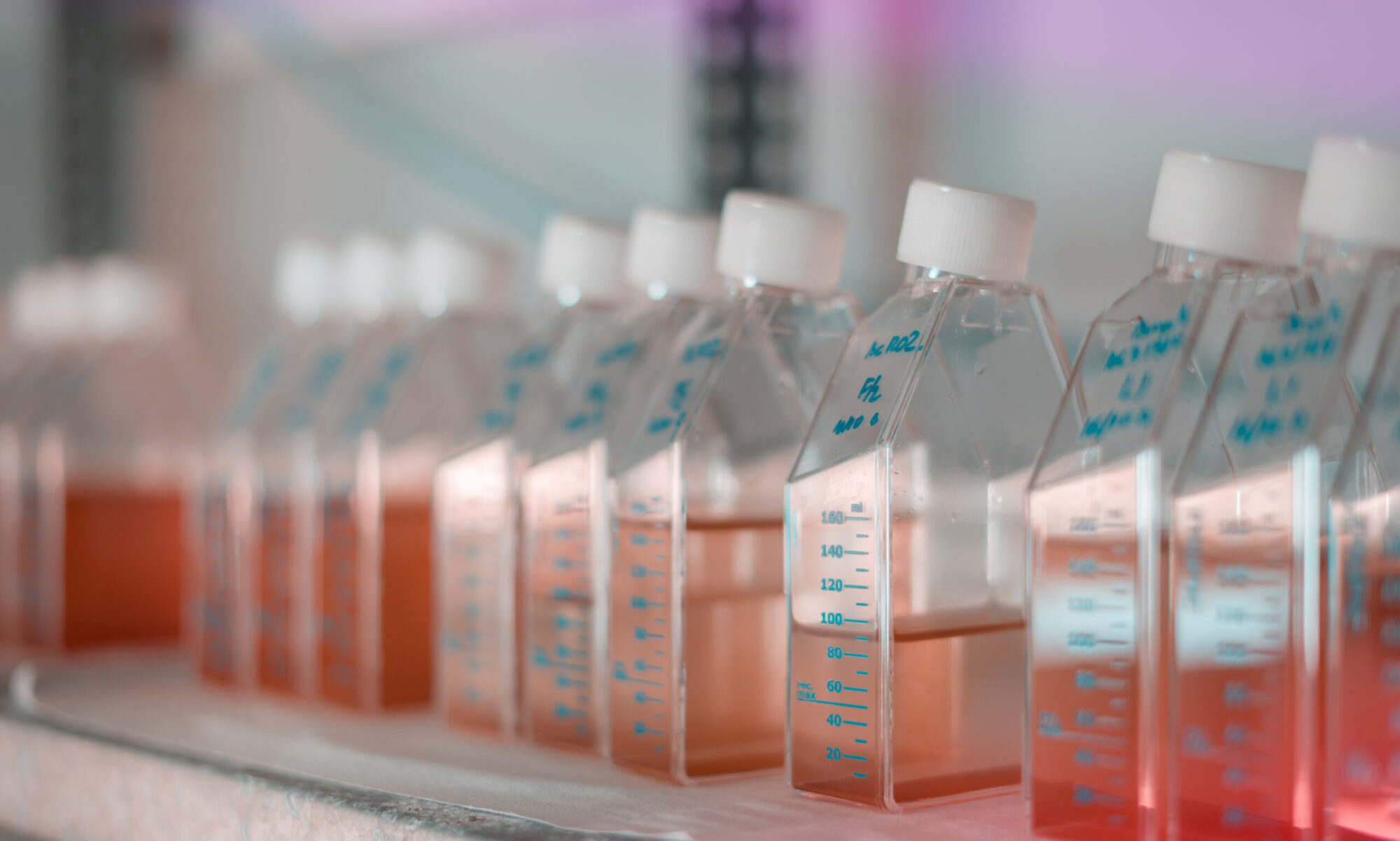| Acronym: REAGIR | Pyrethroid resistance in Aedes aegypti: evaluation of new insecticides candidates and study of the phenomenon of reversion. | ||
| Principal investigator | Isabelle DUSFOUR (Institut Pasteur de la Guyane). | ||
| Focal point IPNC | Nicolas POCQUET | ||
| Collaborators at IPNC | Laurent GUILLAUMOT, Morgane POL, Sosiasi KILAMA, Marine MINIER. | ||
| Other Collaborators | Fabrice CHANDRE (IRD), Jean-Philippe DAVID (LECA) | ||
| Budget | 199 450 € | Budget devoted to IPNC : 54 746 € | |
| Funding | The National Agency for Food Safety, Environment and Work (ANSES) | ||
| Timeline | Start date: Ending 2014 |
End date: End of 2017 (==> extended to 2018) |
|
| Context | |||
| Aedes aegypti is a mosquito of major medical importance in the intertropical zone, where it transmits arbovirus, especially dengue, chikungunya and Zika viruses. In the absence of any vaccines or effective treatment against these diseases, vector control remains essential. The control of Aedes aegypti is largely based on the use of insecticides, whose effectiveness is now compromised by the development of insecticide resistances. Despite the impact of these resistances on the effectiveness of vector control treatments, there is not much data on the evolution of these resistances in the absence of insecticide pressure. | |||
| Objectives | |||
| In a context of strong resistance of Ae. aegypti to insecticides in most French overseas territories, this project aims to i) identify new usable active substances and ii) better understand the evolution of resistance to pyrethroids within populations of this species submit to different selection pressures. | |||
| Methods | |||
| Task 1: populations sampling and assessment of their deltamethrin resistance levels.
Task 2: screening new adulticides by bioassay on laboratories strains of Ae. aegypti. Task 3: assessment of the possibility to deltamethrin resistance reversion. Four lines are breed in parallel over 10 generations and under different insecticide pressure conditions. Task 4: evaluation of the counter-selection of deltamethrin resistance for resistant lines subjected to two new insecticidal molecules (identified in task 2). Task 5: monitoring the evolution of resistance to deltamethrin and the mechanisms involved (i.e. target mutation, expression of detoxification genes) on the experimental lines of tasks 3 and 4. |
|||
| Results | |||
| The populations of French Guyana were found to be much more resistant to deltamethrin than those of New Caledonia (NC). In the absence of insecticide pressure, the deltamethrin resistance level has slightly decreased in NC. On the other hand, the regular introduction of susceptible individuals has had a beneficial effect on reducing the resistance level. The monitoring of the resistance mechanisms shows a weak involvement of the kdr mutations in NC (1011M and 1534C), but a clear correlation between the levels of resistance and expression of some oxidases, in particular CYP9J28. Unfortunately, the majority of candidate insecticides that have proven ineffective in Task 2. | |||
| Perspectives | |||
| The project aims to provide answers to the problems faced by vector control operators, namely the small number of useful molecules and the development of pyrethroid resistances. At term, this project could provide a strategy to manage Ae. aegypti resistance to this family of insecticides. | |||


Institut Pasteur de Nouvelle-Calédonie
Recherche, Santé publique , Formation